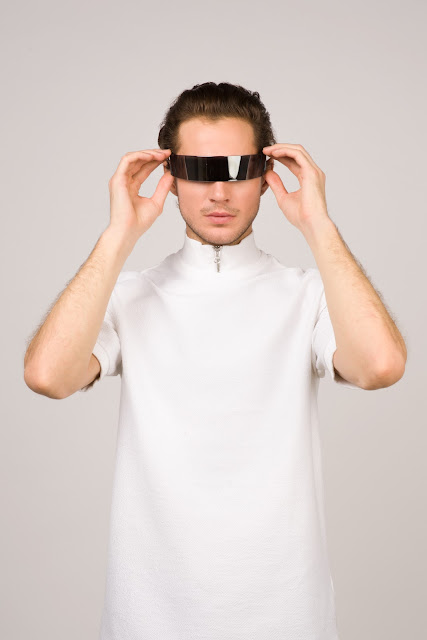When it comes to choosing hydrating moisturizers, facial creams are a must-have for glowing skin. These creams not only nourish the skin, but also create a radiant finish that makes your skin feel refreshed and rejuvenated. This guide goes in detail into the essential factors to look for when choosing a facial cream that leaves your skin feeling smooth throughout the day. Moisture Boosting Elements The core purpose in a facial moisturizer is to provide intense hydration. The right ingredients can make a huge difference. Here are a few key moisture-boosting ingredients to look out for: Hyaluronic Acid: Attracts moisture from the environment, plumping up the skin leaving it dewy without feeling greasy. Glycerin: This humectant draws moisture into the skin helping to maintain balanced hydration levels. Squalane: A plant-derived emollient that helps prevent dryness and locks in moisture. Ceramides: These lipids help to restore the skin's natural barriers, preventing moisture lo...
Virtual fashion will be more realistic
Over time, virtual fashion events are likely to become more technologically demanding and immersive. The future of fashion may have 3D avatar models (digital versions of real models) wearing digitally created clothes. Helsinki Fashion Week, which has long used digital fashion shows, is the first edition to try such technology. They will take advantage of 3D fashion shows, networking opportunities and interactive live broadcasts. The show will use avatars to display digitized clothing. According to the designer, 3D prototyping of clothes is a more sustainable alternative as it prevents mass production of clothes. Only after the client approves of the prototype is the garment made from scratch.
These technologies are also changing the way fashion designers work. With VR, designers can create virtual prototypes of their designs and see how they will look on models before they are even created in real life. This helps to speed up the design process and increase efficiency.
Virtual fashion will become more realistic over time
However, virtual try-on technology isn't just for stores. Consumers now take advanced digital solutions for granted rather than luxury and expect to be able to try on clothes online no matter where they are via virtual e-commerce fitting rooms.
The technology is advanced enough to make the final digital fashion images look very realistic. However, the images sent by the client must meet certain criteria for the digital makeover to work effectively. For example, from now on, customers are not allowed to have hair covering the body because it will affect the drop of clothing, and the lighting must also be appropriate. Full body portraits are preferred, although they can be cropped. As the technology gets better over time, you should expect those restrictions to become less stringent, Modenova said.
Virtual fashion will continue to grow in popularity
But even as virtual fashion becomes fashionable on the Metaverse and we admire the innovation and creativity of virtual fashion models, Metaverse is finding many new uses in the fashion industry. Virtual malls and stores are becoming popular with consumers who want to buy real clothes.
According to some experts, digital fashion shows will continue to remain an integral part of the fashion industry in time to come. Virtual events can, in no way, rival physical fashion shows. However, the use of green screens, augmented reality, and striking visual effects successfully creates the illusion of a real event. This is because fashion functions on a visual spectrum and the clothes and models are able to create enhanced imagery even on a virtual platform.


Comments
Post a Comment
Thank you for commenting!